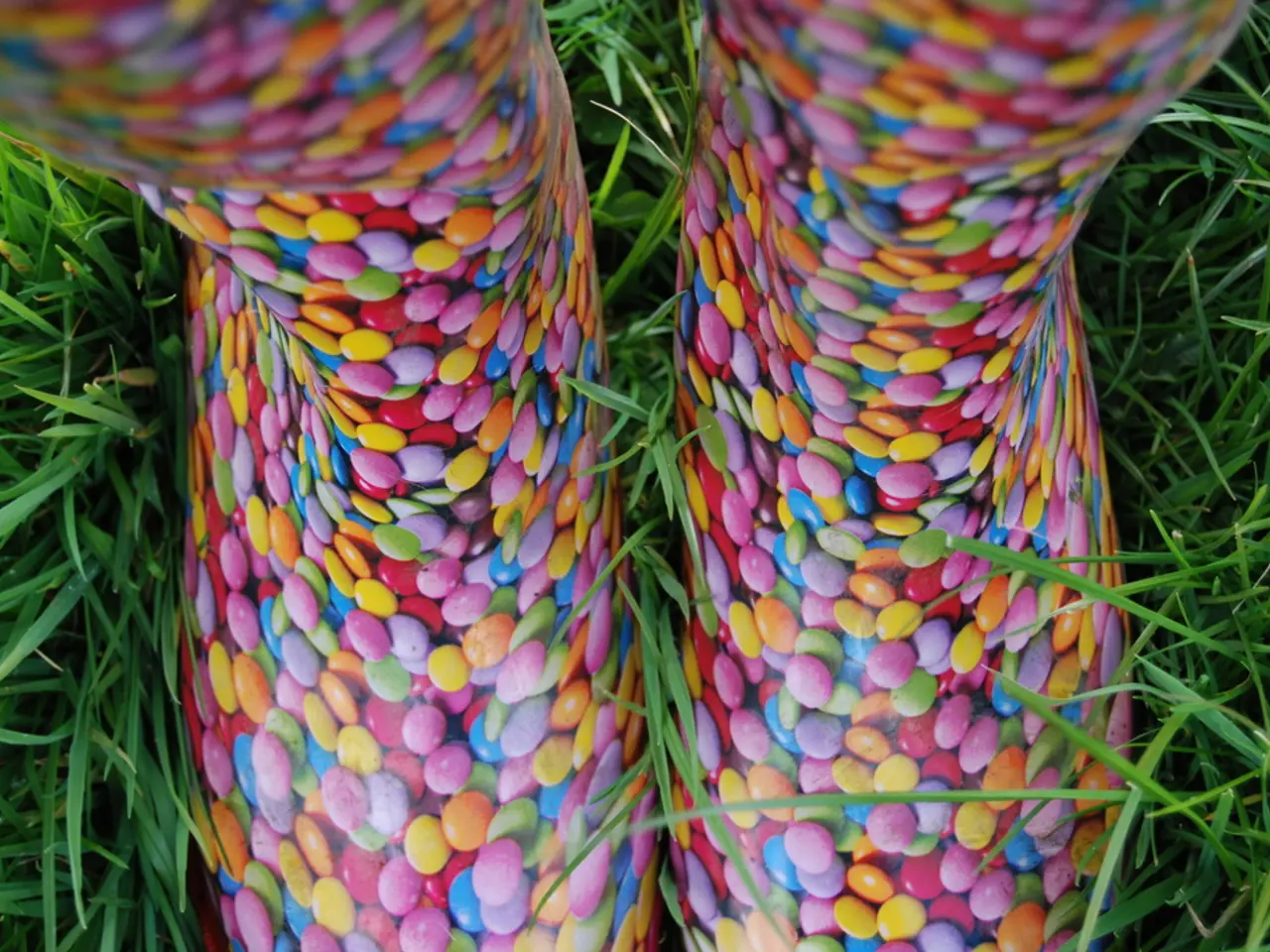Exploring the Captivating Past of Vintage Turquoise Jewelry
## A Timeless Gemstone: The History and Evolution of Turquoise in Jewelry Design
Turquoise, a captivating semi-precious stone with its distinctive blue-green hue, has been a cherished gemstone in the world of jewelry design for millennia. From ancient Persia to the vibrant Art Deco movement, turquoise has graced various cultures, each imbuing it with their unique history and symbolism.
### Ancient Persia In the heart of modern-day Iran, turquoise was highly valued by the Shahs of Persia, who named it 'firunza', meaning victory. The gemstone was extensively used in jewelry and decorative arts, adorning intricate gold and silver pieces that showcased its vibrant color. The use of turquoise was not only for its beauty but also for its perceived spiritual and protective qualities.
### Native American Jewelry Across the Atlantic, turquoise became a central element in Native American jewelry, particularly among Southwestern tribes such as the Navajo, Zuni, and Santo Domingo. It was often paired with silver, creating durable and beautiful pieces that continue to captivate collectors today. The use of turquoise in Native American jewelry is deeply rooted in cultural and spiritual practices, symbolizing protection, prosperity, and good fortune.
### Victorian Era and Beyond During the Victorian era (1837-1901), turquoise was not as central to jewelry design as other stones, but it continued to be used in various forms. The late 19th and early 20th centuries saw a renewed interest in turquoise, particularly in the context of Art Nouveau and the Arts and Crafts movement, where natural materials and motifs were celebrated.
### Art Deco Movement The Art Deco movement of the 1920s and 1930s further elevated the use of turquoise in jewelry design. Characterized by geometric shapes, metallic materials like silver and platinum, and a wide array of gemstones, Art Deco jewelry often featured turquoise as a key element. The gemstone's vibrant color added to the opulent and modern aesthetic of the era, making it a popular choice for brooches, necklaces, and earrings.
### Evolving Trends Today, turquoise continues to be used in jewelry design worldwide, often blending traditional techniques with modern styles. Its enduring appeal lies in its unique color, cultural significance, and versatility in both traditional and contemporary settings.
Intriguing historical facts about turquoise can be found in obsolete yet desirable jewelry books, offering a window into the past. For instance, during the Victorian age, it became fashionable to set turquoise in domed, pavé clusters of small, round cabochons. In the Georgian era, turquoise was associated with the forget-me-not flower and was used in countless sentimental gold padlocks, hearts, and friendship rings (known as Fede rings).
Historically, Persian turquoise was highly prized and extremely valuable, with the Shahs of Persia maintaining the rights to the turquoise mines at Kishapur. The gemstone's popularity has rarely, if ever, diminished, and it looks likely to be in demand well into the 21st century and beyond.
In conclusion, the history of turquoise in jewelry design is a rich tapestry of cultural exchange, artistic innovation, and enduring beauty. From its origins in ancient Persia to its modern iterations in Art Deco masterpieces, turquoise continues to captivate jewelry makers and collectors alike.
- The Foundation for Gemmology offers courses and workshops on the identification and evaluation of gemstones, including turquoise, to promote education and self-development in the field of gemmology.
- In the lifestyle segment, fashion-and-beauty magazines often feature turquoise jewelry and highlight its timeless appeal in modern accessory trends.
- Food-and-drink pairings can elevate a dining experience, and some culinary experts suggest that a crisp, white Riesling wine complements the vibrant color and earthy flavor of turquoise.
- Home-and-garden designers incorporate turquoise accents into their creations to evoke a sense of tranquility and harmony, reflecting the gemstone's association with mental balance and peace.
- Relationships are enriched by shared experiences, and engaging in educational workshops on turquoise, such as those offered by the Gemmological Association of Great Britain, can offer a unique and captivating outing for couples.
- Pets, like some birds and reptiles, are known to have a keen interest in colors and shines, and a turquoise feather or accessory could be an intriguing and eye-catching addition to their living spaces.
- Travel enthusiasts seeking adventure might find themselves exploring the deserts of the Southwestern United States, where they can unearth artifact-laden sites and learn about the rich history of turquoise in Native American jewelry.
- The transport sector is no stranger to the allure of turquoise, with car owners opting for this hue in custom paint jobs, adding a touch of luxury and individuality to their vehicles.
- To delve deeper into the world of turquoise and its significance throughout history, one can find an abundance of publications chronicling its journey, fueling personal growth and enriching the reader's understanding of this captivating gemstone.





